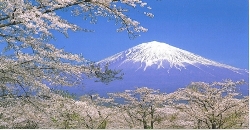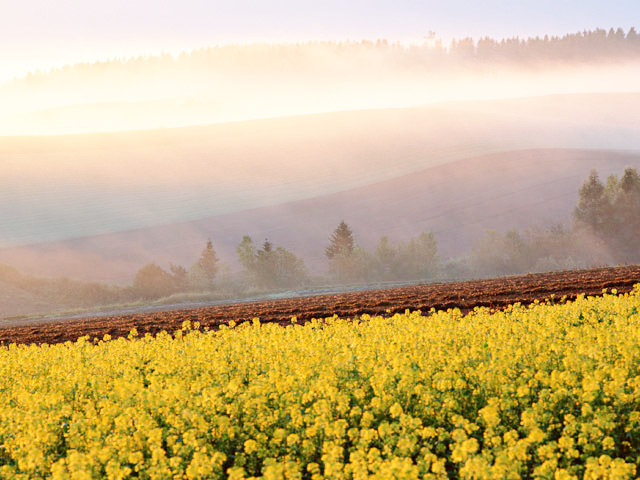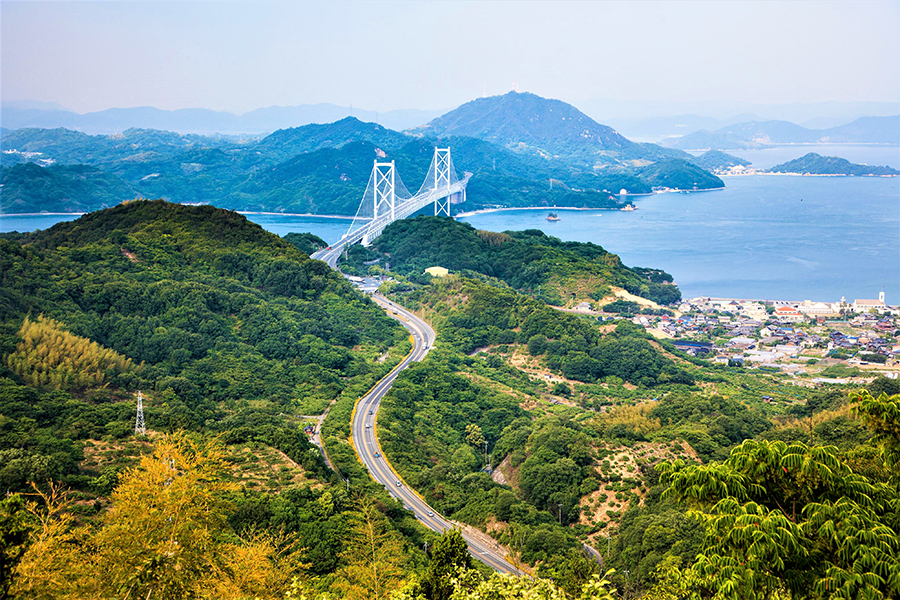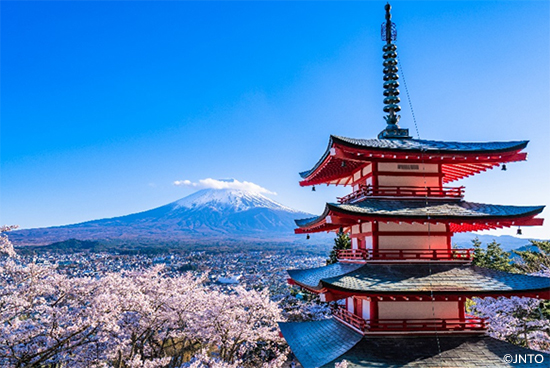Three unique destinations for gastronomy tourism
Japanese food culture has a long, rich history. From traditional washoku that focuses on the freshness and purity of the ingredients, to rich bowls of ramen noodles, crispy tempura, and sizzling wagyu beef, there is an incredible variety of food to discover and enjoy in Japan. In fact, Japanese food culture was designated a UNESCO intangible cultural heritage in 2013. Each region of Japan has also focused on developing its own specialties based on the unique climate and ingredients of the area, and many of these are still relatively unknown outside the country. With so much to explore, Japan is an ideal destination for gastronomy tourism, offering travelers a cornucopia of exciting, delicious, and sometimes surprising dishes.
Iya, Tokushima Prefecture
The Iya Valley, a deep gorge located in Tokushima, Shikoku, offers a special 11-mile gastronomy walking tour. It begins with tasting hearty Iya soba noodles and dekomawashi, a local specialty of miso-glazed tofu, sweet potatoes, and konnyaku grilled on skewers over charcoal. Participants then walk on through spectacular scenery of forested mountains and steep gorges and ravines around the Iya River. Further stops bring opportunities to try salt-grilled sweet fish and unkai shigure nabe—a hot pot of deep-fried tofu and simmered radish—delicate handa somen noodles, freshly grilled wagyu beef, and delicious local sake, all interspersed with breathtaking views. The tour finishes with dessert and then relaxing in Oboke-Iya hot spring, where there are five different hot spring inns to choose from.
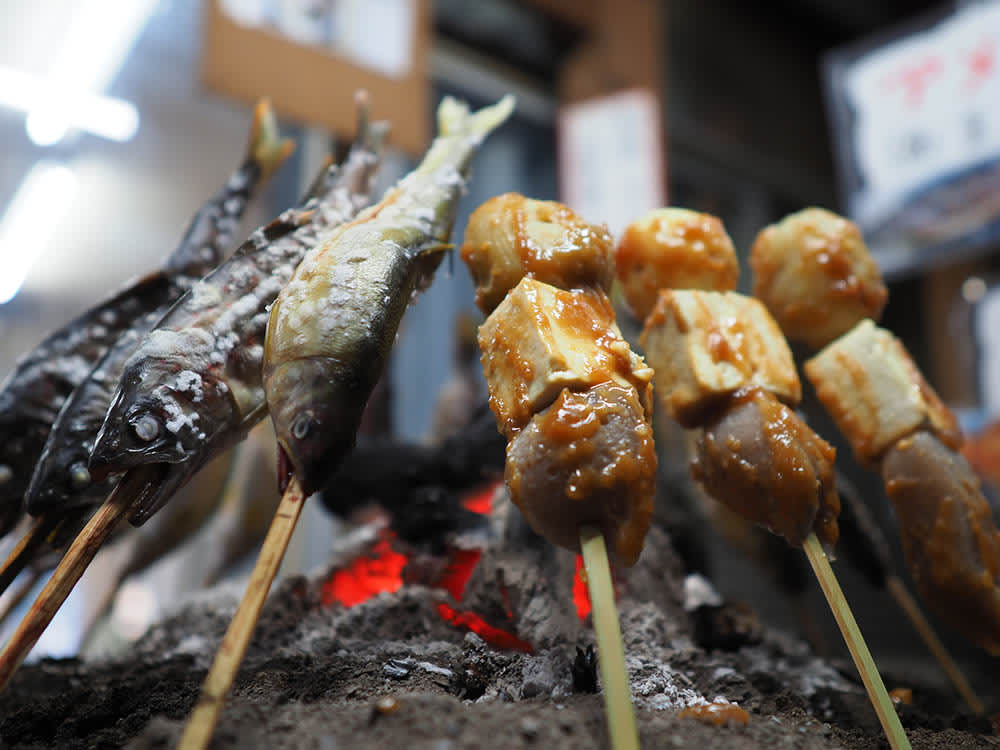
Learn More: https://www.japan.travel/en/luxury/detail/iya-valley/
Hida Takayama, Gifu Prefecture
Known as “Little Kyoto”, Takayama is famous for its traditional townscape of Edo-era (1603-1867) wooden buildings—which earned it three stars in the Michelin Green Guide—as well as for the nearby World Heritage Site of Shirakawa-go. It’s also an excellent destination for culinary tourism. With high-quality rice cultivation and pure mountain water, Takayama produces remarkably aromatic sake, and there are seven breweries within the city itself. Most of them offer great options for sake tasting, and one, Harada, allows you to taste up to 12 different types for only 350 yen and keep your tasting cup as a souvenir. Takayama is also famous for its wagyu beef, known as Hida beef. Specially raised in the area, the delicate marbling gives it incredible flavor and a melt-in-your-mouth texture. Try it at any of the numerous yakiniku (grilled meat) restaurants, or buy a skewer from a street vendor and sample while wandering the city streets. Try visiting Takayama during the festival, Takayama Matsuri, which is ranked one of the three most beautiful festivals in Japan and is held in mid-April and early October each year.
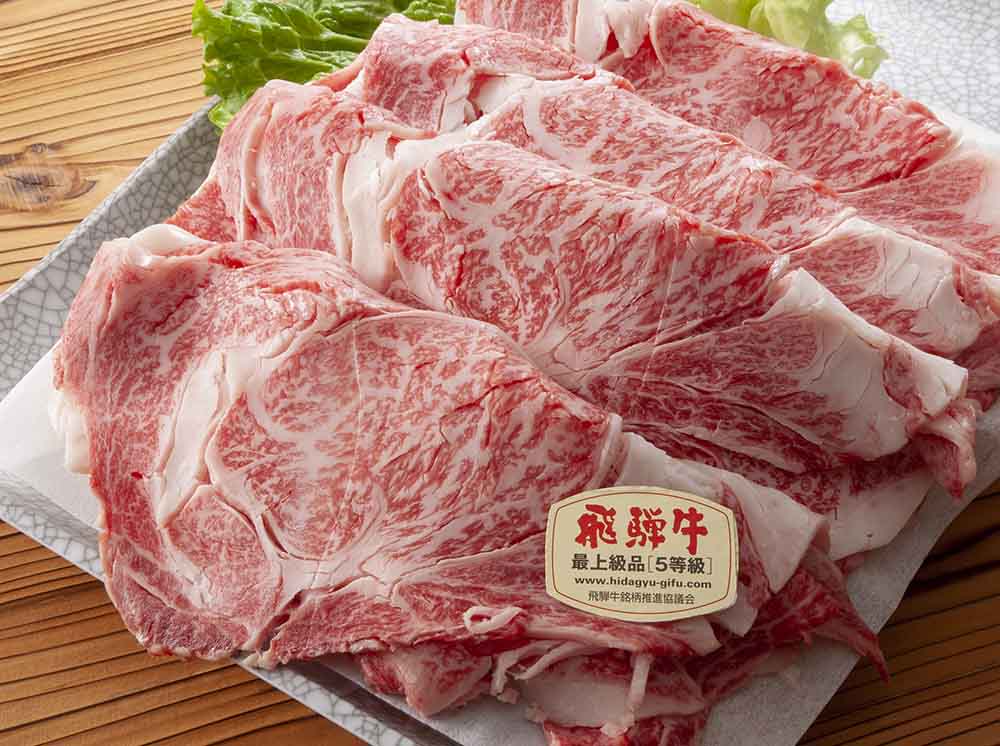
Ouchi-juku, Fukushima Prefecture
With an unpaved main street lined with thatched roof buildings and no power lines in sight, Ouchi-juku retains the same appearance it would have had in the Edo period when it served as a stop on the Shimotsuke Kaido trade route. One of the specialties to try here is negi-soba: earthy buckwheat noodles with radish and bonito served with a single bunching onion. The onion is no mere garnish however—you actually use it to eat your noodles in place of chopsticks, making for a completely unique soba experience. Another delicacy to try is tsukemono, or Japanese pickles. Set meals often come with a small side of pickles in Japanese restaurants, and tsukemono are an essential component of traditional cuisine. At Honke Kanouya, a local food and gift store, you can sample a wide range of tsukemono, all made with ingredients and preservation techniques unique to the Aizu area. The shop also has an array of brightly colored handmade crafts and decorations, making it the perfect stop to pick out souvenirs while discovering your favorite type of pickles. An excellent time to visit the area is February, when the thatched houses of Ouchi-juku are blanketed in snow, and the snow festival, called Ouchi-juku Snow Festival is held. The cold air will make the negi-soba even more delicious.
















































